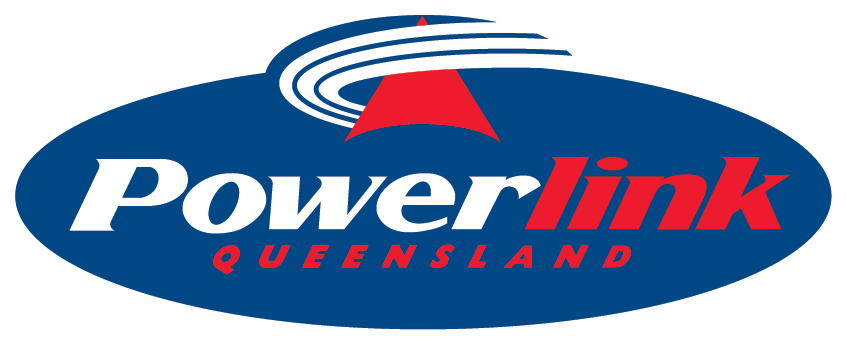Consultation Process
Powerlink must undertake the Australian Energy Regulator’s (AER) Regulatory Investment Test for Transmission (RIT-T) when potential solutions to reinvest in network assets or increase the capacity of Queensland’s high voltage transmission network are over a $8 million threshold as defined in the National Electricity Rules.
The RIT-T applies the economic assessment framework developed by the AER to ensure recommended solutions have maximum net economic benefits. For solutions addressing ageing network assets, risk costs are quantified using a methodology consistent with guidelines published by the AER.
The public consultation process requests submissions from Registered Participants, AEMO and interested parties (including non-network solution providers) on the proposed options. Transmission network, distribution network or non-network alternatives (such as demand management or local generation) are considered as options for both reinvestment and augmentation needs. There are two types of RIT-Ts which can be undertaken, depending on the particular planning process which has identified the need for an investment:
- Potential projects (and/or their non-network solutions) which are defined in the National Electricity Rules as actionable ISP projects. These projects are identified in AEMO’s Draft and Final Integrated System Plans (ISP) and
- Potential projects (and/or their non-network solutions) which are identified through Powerlink’s internal planning processes. This is the most common type of RIT-T undertaken (i.e. not actionable ISP projects)
The RIT-T consultation process for actionable ISP projects
The RIT-T consultation process for non ISP actionable projects
RIT-T stages
This gives Registered Participants, AEMO and Interested Parties an opportunity to provide feedback and advice regarding credible options such as:to maintain reliability of supply or to meet growing electricity demand in a particular area. The Consultation Report is open for comment for 12 weeks. A summary of the Consultation Report is placed on the AEMO website, with the full version of the Consultation Report available on the current consultation page.
- asset replacement
- network configuration
- decommissioning of assets
- building new transmission lines or substations; and/or
- non-network solutions (including local electricity generation or demand side management)
This contains a summary of the feedback and advice received on the Consultation Report, an economic assessment of credible options, and identification of the preferred option. This provides an opportunity for Registered Participants, AEMO and Interested Parties to provide feedback on the preferred option. The Draft Report is open for comment for six weeks. A summary of the Draft Report is placed on the AEMO website, with the full version of the Draft Report available on the current consultation page.
This follows the review and analysis of feedback received on the Draft Report outlining the final decision for moving forward. The Conclusions Report takes into consideration feedback received and outlines a course of action to ensure a reliable and cost-efficient solution to address network asset replacement or an area’s growing demand. A summary of the Conclusions Report is placed on the AEMO website, with the full version of the Conclusions Report available on the current consultation page.
Sometimes an Assessment Report does not have to be prepared. This happens when the cost of the preferred option identified in the Consultation Report is less than $54 million and has no material market benefits. In these instances, feedback and advice on the Consultation Report is to be addressed in the Conclusions Report (Stage three).


